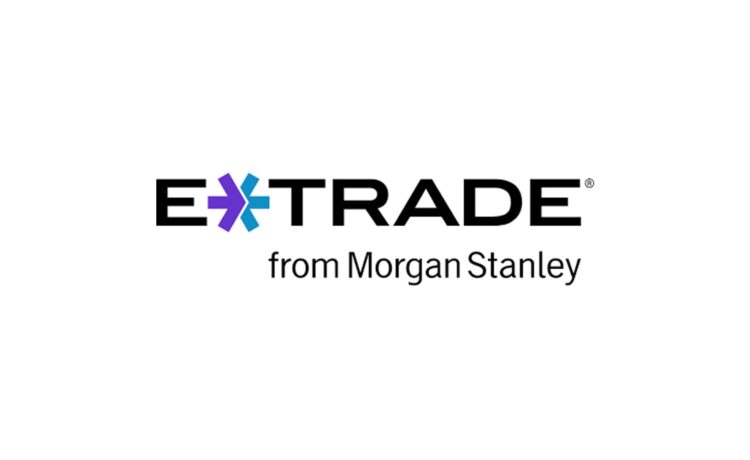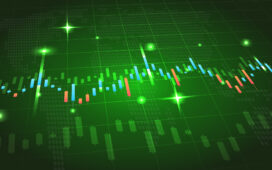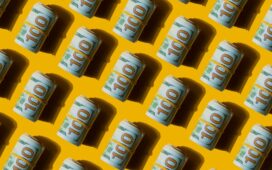E-Trade was the first completely online trading platform in market history, and it has continued to innovate through the years. The firm was one of the pioneers of the zero-commission movement that is now standard with online trading platforms, and it has continually expanded access to investment options for its clients. On Oct. 2, 2020, the virtual broker merged with one of the stalwarts of the traditional brokerage industry, Morgan Stanley, founded in 1935. This combination has allowed E-Trade to expand exponentially in terms of the types of products it can offer and the number of clients it can reach.
Mutual funds, including money market funds, have long been an important part of the product line that E-Trade offers, and that remains true to this day. Although E-Trade doesn’t offer money market funds, investors can purchase 103 different funds from outside companies via the E-Trade platform. Many of these are among the most well-known funds and fund families. E-Trade offers an advanced search tool that makes it easy for investors to find the fund that best matches their needs, whether it’s the rate they pay, the minimum amount to invest or the expense ratio of the type of investments contained within the fund.
What Interest Rate Does E-Trade Pay?
E-Trade doesn’t pay interest on the money market funds it sells. All income, capital gains and management responsibility lie with outside mutual fund vendors. Here’s a look at the names, expense ratios and interest rates paid by some of the top money market mutual funds currently available through E-Trade:
| Fund Name | Gross Expense Ratio | 7-Day Current Yield |
|---|---|---|
| Allspring Money Market Premier (WMPXX) | 0.29% | 5.37% |
| FEDERATED HERMES PRIME CASH OBL WEALTH (PCOXX) | 0.25% | 5.34% |
| Vanguard Cash Rsrv Federal MnyMktAdmiral (VMRXX) | 0.10% | 5.28% |
| Vanguard Treasury Money Market Investor (VUSXX) | 0.09% | 5.28% |
| FIDELITY INV MM MONEY MARKET I (FMPXX) | 0.21% | 5.27% |
| Vanguard Federal Money Market Investor (VMFXX) | 0.11% | 5.27% |
| Gabelli US Treasury MMkt I (GABXX) | 0.08% | 5.26% |
The seven money market funds listed above are currently the highest-yielding options available at E-Trade.
How To Buy E-Trade Money Market Funds
You can buy money market funds easily online once you open an account at E-Trade. Simply add money to your account, search for the fund you want, verify that you can meet the minimums to invest and then specify the amount you want to invest. Click on the fund you want and your trade will execute.
Money Market Fees and Minimums
Each money market fund sets its minimum investment and each has its own fee structure. Nearly all the money market funds offered by E-Trade — 102 out of 103, to be exact — have no upfront sales commission or “load.” The sole exception is the Putnam Money Market A fund, PDDXX, which charges a 1% sales load.
Net expense ratios range from 0.08% annually on the low end to 0.99% on the high end.
Here are the 5 cheapest and most expensive money market funds offered by E-Trade:
- Gabelli US Treasury MMkt I (GABXX) 0.08%
- Vanguard Treasury Money Market Investor (VUSXX), 0.09%
- Vanguard Cash Rsrv Federal MnyMktAdmiral (VMRXX), 0.10%
- Vanguard Federal Money Market Investor (VMFXX), 0.11%
- Federated Hermes Govt Obl Premier (GOFXX), 0.15%
- Federated Hermes Government Obligations Fund Cash, II (GFYXX), 0.85%
- Federated Hermes Government Reserves A (GRAXX), 0.87%
- ProFunds Government Money Market Inv (MPIXX), 0.94%
- Fidelity® Government Mmkt Cptl Rsrvs (FZAXX), 0.95%
- Rydex US Government Money Mkt MMkt (RYFXX), 0.99%
Seventeen of the E-Trade money market mutual funds have a $0 investment minimum. Eight have a minimum of $1, four have a $100 minimum, and seven have a minimum of $250. From there, minimums jump up to $1,000 and then run up to seven digits. Eight funds, for example, have a $1 million minimum, while one fund, the Federated Hermes Govt Obl Premier (GOFXX), has a whopping $5 million minimum, the highest E-Trade offers.
E-Trade Money Market Fund Competitors
Fidelity, Charles Schwab and Vanguard are three of the main E-Trade competitors. However, they don’t compete directly, as E-Trade doesn’t offer proprietary money market funds. You can buy each of these funds on the E-Trade website as well, except for the Schwab Value Advantage Money Fund.
With that in mind, here are some of the top money market funds managed by some of E-Trade’s top competitors:
| Fund Name | Gross Expense Ratio | 7-Day Current Yield |
| Vanguard Federal Money Market Fund (VMFXX) | 0.11% | 5.27% |
| Vanguard Treasury Money Market Fund (VUSXX) | 0.09% | 5.28% |
| Vanguard Municipal Money Market Fund (VMSXX) | 0.15% | 3.58% |
| Schwab Value Advantage Money Fund – Investor Shares (SWVXX) | 0.34% | 5.16% |
| Fidelity Money Market Fund (SPRXX) | 0.42% | 5.03% |
Does E-Trade Have a High-Yield Savings Account?
E-Trade Bank does offer a high-yield savings account, branded after its parent company Morgan Stanley. Specifically, the E-Trade high-yield savings account is dubbed the Premium Savings Account from Morgan Stanley Private Bank. The account has no minimums to invest, up to $500,000 in FDIC insurance and currently pays a 4.25% APY.
What Is the Difference Between a High-Yield Savings Account and a Money Market Fund?
High-yield savings accounts and money market funds can seem like very similar investments. After all, they are both used as places to park cash and earn an above-market interest rate that typically exceeds what you’d earn in a checking account or even a traditional savings account. However, the structure of the funds is inherently different.
A high-yield savings account is a bank deposit account. It comes with the traditional $250,000 FDIC insurance that covers all bank deposit accounts, including checking accounts and certificates of deposit. Oftentimes, banks supplement this federal insurance with their insurance, boosting the amount of coverage. The “high-yield” designation comes from the fact that these types of accounts pay more interest than traditional savings accounts, sometimes by a factor of 10. According to the Federal Reserve, for example, the average bank savings account yield as of Apr. 15, 2024, was 0.46%. However many high-yield savings accounts were paying over 5% as of that same date.
A money market fund, on the other hand, is not a bank deposit. Rather, it’s an investment, the same as any other type of mutual fund. This means that money market funds don’t carry the standard FDIC insurance that extends to traditional banking products. However, this doesn’t mean that they are risky or unprotected. As they are investments, they are instead insured by the SIPC, for up to $500,000. Bear in mind that SIPC insurance doesn’t protect your money market fund from any investment losses. Rather, it insures against the failure of the investment firm. But money market funds are inherently among the safest investments available, as they traditionally invest in ultra high-quality, ultra short-term securities.
Editorial Note: This content is not provided by any entity covered in this article. Any opinions, analyses, reviews, ratings or recommendations expressed in this article are those of the author alone and have not been reviewed, approved or otherwise endorsed by any entity named in this article.
Data is accurate as of April 29, 2024, and is subject to change.





